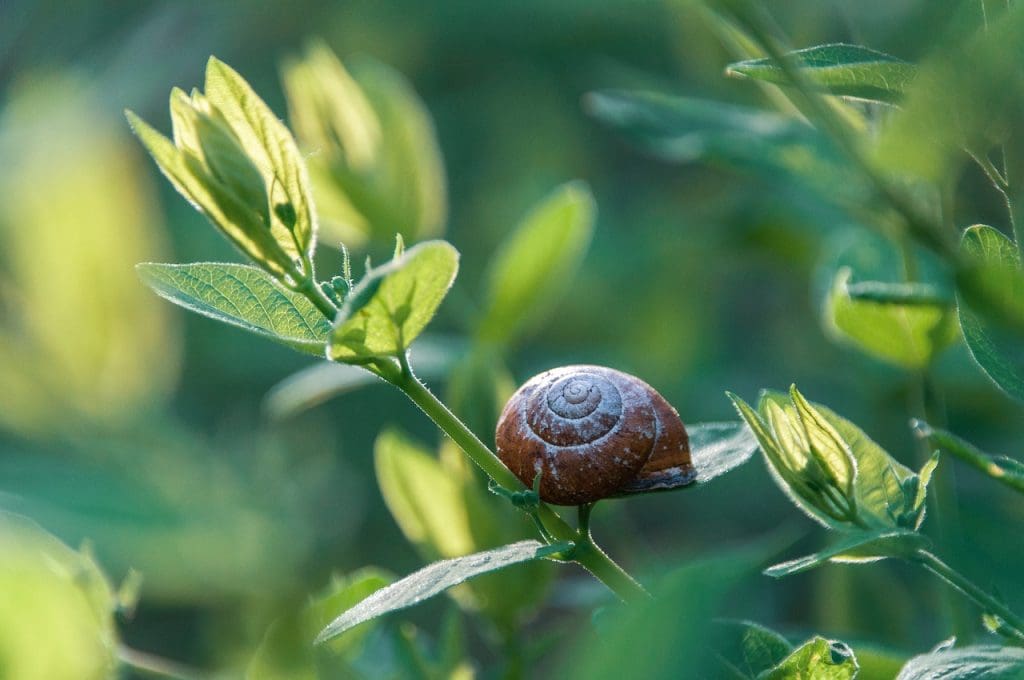Welcome! In “Essential Tools for Managing Alligator Weed Growth,” you’ll discover the most effective strategies and equipment to tackle this persistent plant. Dive into a world of practical tips and trusted tools that can help you take control of your garden or farm, ensuring that alligator weed doesn’t encroach on your valuable space. Get ready to transform your weed management approach with confidence and ease. Have you ever faced the frustrating challenge of managing alligator weed growth in your garden or water bodies? If you have, you’re definitely not alone. Alligator weed, or Alternanthera philoxeroides, is an invasive perennial that can cause significant environmental and economic damage if left unchecked. But don’t worry, you have several tools at your disposal to keep this troublesome plant at bay. This article will delve into the essential tools for managing alligator weed growth, offering detailed, easy-to-understand advice on tackling this invasive species.

Understanding Alligator Weed
Before we dive into the tools and techniques, it’s essential to understand what you’re dealing with.
What is Alligator Weed?
Alligator weed is an aquatic and terrestrial plant known for its rapid growth and spread. Typically found in moist and warm climates, it can outcompete native vegetation, disrupt agriculture, clog waterways, and create shelter for disease-carrying pests.
Why is it a Problem?
Alligator weed is notorious for its robustness and resistance to control measures. It forms dense mats that can suffocate water systems and agricultural lands. Moreover, fragmented pieces of the plant can regenerate, making eradication efforts particularly challenging.
Essential Tools for Physical Removal
Manual Tools
Hand Pullers
Hand pulling is practical for small infestations. You can use a variety of hand tools to physically remove this weed from affected areas.
| Tool | Description | Use Case |
|---|---|---|
| Hand Rakes | Ideal for shallow water removal | Suitable for small water bodies |
| Garden Fork | Good for terrestrial infestations | Suitable for lawns and gardens |
| Trowels | Precise control | Ideal for young plants and seedlings |
Tips for Effectiveness
- Consistency: Regular removal is crucial.
- Root Removal: Ensure the entire root system is pulled out.
- Disposal: Dispose of the plants far from any water bodies to prevent regrowth.
Mechanical Tools
Weed Harvesters
For larger water bodies, mechanical weed harvesters are highly effective. These machines cut and collect the weed, allowing for large quantities to be removed at once.
Excavators
For severe infestations, mechanical excavators are sometimes necessary. These can dig up large patches of weed but must be used cautiously to avoid environmental damage.

Chemical Control Tools
While manual and mechanical methods can be effective, chemical control is often required for extensive infestations. However, chemicals need to be used responsibly to avoid environmental harm.
Herbicides
Glyphosate
Glyphosate-based herbicides are commonly used due to their effectiveness against alligator weed. They’re often applied as foliar sprays.
- Application: Apply during the growing season for best results.
- Safety: Always use protective gear.
- Environmental Concerns: Follow guidelines to minimize runoff into water bodies.
Imazapyr
Another potent herbicide for alligator weed, imazapyr, is effective in both aquatic and terrestrial environments.
- Application: Use in areas where water contact is minimal.
- Efficiency: Works best when combined with other control measures.
- Rotation: Rotate herbicides to prevent resistance.
Tips for Chemical Application
- Seasonal Timing: Apply during active growth periods.
- Integrated Approach: Combine with manual and mechanical methods.
- Proper Equipment: Use sprayers and protective gear to ensure safety and effectiveness.
Biological Control Tools
Biological control involves using natural enemies of alligator weed to keep it in check. This method is environmentally friendly but requires time and patience.
Insects
Alligatorweed Flea Beetle (Agasicles hygrophila)
This beetle feeds exclusively on alligator weed and has been effective in many regions.
Tips for Biological Control
- Combining Methods: Use alongside other methods for best results.
- Monitoring: Regularly monitor progress to ensure effectiveness.

Cultural Control Techniques
Cultural methods focus on preventing the spread and minimizing conditions that favor alligator weed growth.
Water Management
Controlled Water Levels
Manipulating water levels can help control weed growth. For example, lowering water levels can expose the weed to conditions it can’t survive.
Competitive Planting
Introducing competitive native plants can help suppress alligator weed by outcompeting it for resources.
- Selection: Choose aggressive native species.
- Maintenance: Ensure they don’t become invasive themselves.
Integrated Weed Management (IWM)
Combining Methods for Success
Effective management of alligator weed often requires an integrated approach. Combining physical, chemical, biological, and cultural methods increases the likelihood of success.
Example IWM Plan
| Method | Action | Timing |
|---|---|---|
| Manual Removal | Hand pulling young plants | Early Spring |
| Mechanical Removal | Weed harvesting with machines | Mid-Summer |
| Chemical Treatment | Applying herbicides during active growth | Late Spring, Summer |
| Biological Control | Introducing alligatorweed flea beetle | Throughout the year |
| Cultural Control | Lowering water levels and planting competitive species | Fall |

Monitoring and Maintenance
Regular Inspections
Regularly inspecting affected areas can help you catch new infestations early, making management easier.
Record Keeping
Keep records of the methods used, timing, and results. This will help you refine your approach over time.
Adaptive Management
Be prepared to adapt your strategies based on the effectiveness of your initial efforts. Flexibility is key to successfully managing alligator weed.
Conclusion
Managing alligator weed growth may feel like an uphill battle, but with the right tools and techniques, it’s entirely possible. Whether you employ manual, mechanical, chemical, biological, or cultural control methods, consistency and an integrated approach will yield the best results. Remember, regular monitoring and adaptive management are crucial to keeping alligator weed at bay. Happy gardening and here’s to a weed-free future!

